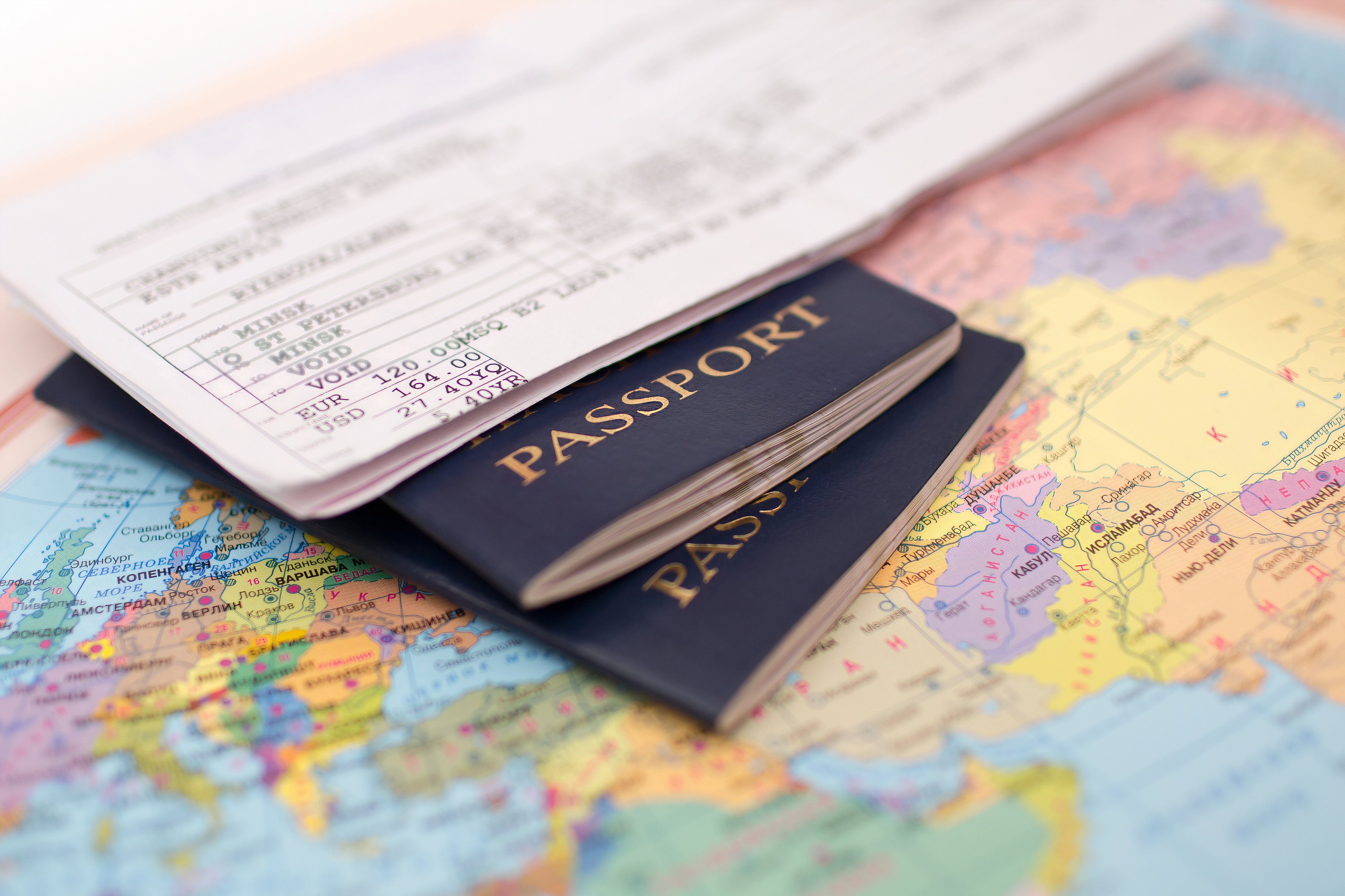Travel
Why EU passport stamps will soon be a thing of the past

Manual stamping of passports “is time consuming…and does not allow a systematic detection of overstayers,” says the EU.
Passport stamps are badges of honour for many travellers, creating a nostalgic paper trail of their adventures.
But will soon be a thing of the past when entering the Schengen Area.
The new automated Entry/Exit System (EES), due to launch on 10 November 2024, will register non-EU visitors digitally, removing the need for physical stamps.
“EES will replace the current system of manual stamping of passports, which is time consuming, does not provide reliable data on border crossings and does not allow a systematic detection of overstayers,” reads a statement from the European Commission’s department for Migration and Home Affairs.
What is the EU Entry/Exit System (EES)?
The EES will be an automated IT system for registering travellers from third countries who are visa exempt or hold short-stay visas.
Each time a person crosses an EU external border, the system will register their name, type of travel document, biometric data (fingerprints and facial images) and the date and place of entry and exit. It will also record refusals of entry.
It is hoped the automated border control checks and self-service systems will improve security in the EU and be quicker for travellers. However, the airline industry and various countries have said a lack of preparation could cause teething problems when the system is introduced.
It was originally due to launch in 2022. Authorities have now announced it will launch on 10 November this year.
Under the new system, travellers with visa-free access to the Schengen Area will be required to obtain travel authorisation online through the European Travel Information and Authorisation System (ETIAS). This will launch in phases once the EES is operational.
Passport stamps are still required before the EES launches
Post-Brexit, Brits have been warned they must obtain passport stamps when they exit and enter the Schengen Area.
This acts as proof that they have not overstayed their visa-free limit of 90 days in a 180-day period.
It typically happens automatically at security and, for some travel lovers, has even been a tiny silver lining of leaving the EU.










